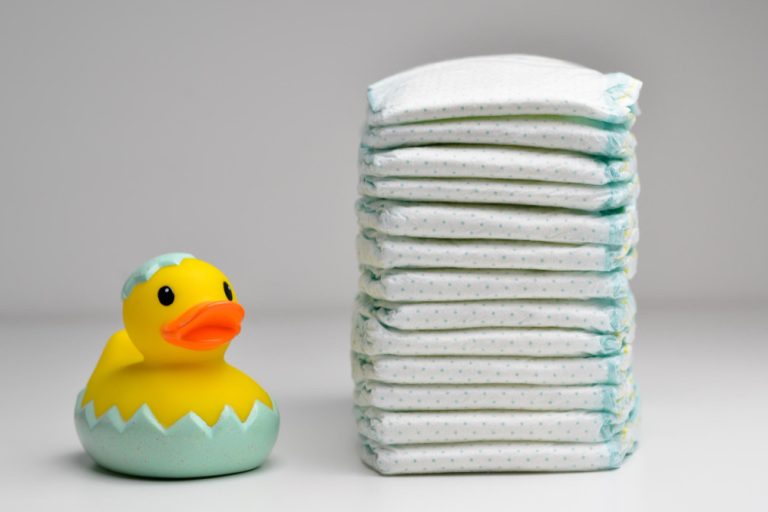11 Ways To Stop Bitting And Hitting In Toddlers
Are you tired of your toddler’s bitting and hitting? Feeling frustrated by this habit of them? Well, parents stay calm. We understand you are in a little trouble but stay there you are gonna win the battle. The exploration, sensitivity, and vast world around them will come to toddlers, which motivates them along the path of discovery and their high level of energy may annoy others somewhat.
Nevertheless, physical actions like hitting and biting can be frightening and can make you wonder, how do I keep myself organized at the same time, how do I govern these acts in the right way? Let’s explore the answers to all your questions in this blog.
Understanding the Why
Before we move on to the solutions, let’s understand why children should start learning letters. Most of the time, it is not an act of aggression but a way of venting out their anger and frustration, simply because they cannot communicate in a better way. The following are some of the most common causes:
Frustration
Children may resort to physical aggression if they cannot effectively communicate their feelings.
Attention-seeking
At times, hitting or biting can be one of the ways of getting noticed. This is true even if it is a negative kind of attention.
Imitation
Toddlers learn by watching others, and if they see violent behavior, they may copy it.
Developmental Stage
A toddler’s growth is naturally based on testing boundaries and demonstrating his or her independence.
11 Effective Strategies to Curb Bitting and Hitting
Mediation with these behaviors comes through unending love, constancy, and recognition. Here are some practical ways to help you through disciplining your child:
1. Stay Calm and Collected
- In a situation where you react with anger or pique, you in fact feed the action and the behavior turns worse. Instead of that, stay calm and speak in a firm tone but a soft voice.
- Example: “We do not hit. Hitting hurts others.”
2. Set Clear Boundaries
- Create such laws of behavior that are set for sure and then follow them most consistently.
- Example: “Hands are for helping, not hurting.”
3. Identify Triggers
- Monitor your toddler closely and see if some things or emotions trigger the child to hit or bite.
- Example: Is this when they are having fun? When they are hungry or tired? Identifying and explaining these triggers can help the child overcome problems.
4. Teach Alternative Behaviors
Consequently, dealing with your toddler’s emotions, you should teach proper ways one should express their feelings.
Example: If they feel frustrated, encourage them to use words like “I’m mad” or to take deep breaths.
5. Redirect Their Attention
- By giving them toys or doing an activity that they like you can help a child during the times when the first signs of biting or hitting are starting to show.
- Example: “Let’s build something with these blocks.”
6. Model Positive Behavior
- Besides setting the boundaries, take time to talk about how your child could communicate in positive and respectful ways. Attach a plea to the words and actions of your child.
- Be the guide for the child in handling any situation with calmness and politeness. Your behavior is a very potent illustration.
- As the behavior comes, quickly this has approached it and Explain to the kids why it is wrong.
- Example: “For example, your friend is crying because hitting is hurting. Let’s apologize.”
7. Provide Immediate Feedback
- Be direct about what you see as the issue. Tell the child immediately as the behavior occurs that it is wrong.
- Example: “Biting is hurt. We don’t hurt our friends – we bite them.”
8. Use Time-Outs Sparingly
- If the behavior persists, then a short time-out may be a better option to help your child calm down and think over.
- Make sure the time is short (1-2 minutes) and explain why it is you are there.
9. Encourage Empathy
- Develop a sense of empathy in your child by demonstrating to them how their behavior impacts other individuals.
- Example: “Your friend is crying because hitting hurts. Let’s go and say sorry.”
10. Reward Positive Behavior
- Praise your child for being polite and calm even in these tough circumstances.
- Example: “I’m proud of you because this time you used your words instead of hitting me with a toy.”
11. Avoid Reinforcing the Behavior
- Attention must not be paid to hitting or biting, which is a reinforcement that might encourage them. Next, show them how to act correctly.
Creating a Supportive Environment
A nurturing and secure environment is crucial for your toddler’s emotional growth. Let us discuss the ways in which you can do it:
Maintain a Routine
Toddlers with predictable schedules of daily activities feel more secure and calm as they know well each day that the learning environment could be very good because of teachers who do not use force and harsh words as tools to confuse students.
Provide Adequate Sleep and Nutrition
Crucial for toddlers – these conditions are the main reasons behind the irritable versions of them and also for those who are prone to hit and bite. Besides, their diet should be high in vitamins and minerals.
Encourage Physical Activity
Physical activity gives children the release of energy as well as the reduction of mobility to quench their feelings of frustration. Remember to include some running, climbing, and playing with balls in your schedule.
Use Positive Reinforcement
Motivating a toddler to keep on doing what they have been doing, which they have been getting it right, can be accomplished by parents and teachers. The need is to be able to communicate the small success stories.
The Key Takeaways
Recall that your child has a stage, not continuous habit of hitting and biting. Using tolerance, understanding, and constant enforcement of these policies, your child can better his/her social skills and overcome this difficult period along the way.
In the case of developmental budding, the behavior might become more aggressive, consult the pediatrician, or child therapist for further advice and guidance.






